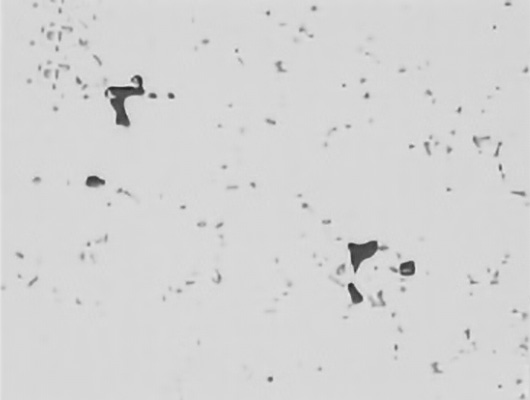Hot Isostatic Pressure (HIP) means simultaneous application of high pressure (1000-2000 bars) and high temperature (500 to 2000°C) under isostatic conditions in an inert atmosphere (Ar gas).
Under these conditions of heat and pressure, internal pores or defects collapse, and encapsulated powders shrink and diffusion occurs to produce a fully dense component.
HIP Process
Hot Isostatic Pressing is a process which is used to consolidate metal powder or to eliminate defects in solids such as pores, voids and internal cracks, thus densifying the material to 100% of the theoretical density.
The most pronounced benefit of removing printing defects by HIP is that the fatigue properties can be improved since the stress concentrations from the defects are eliminated.

Before HIP

After HIP
Why HIP is important in 3D Printed parts
- 100% of theoretical density
- Pores eliminating
- Ducility and fatigue resistance increasing
- Consolidation of Titanium powder and diffusion bonding of dissimilar metals or alloy
- Longer life time
